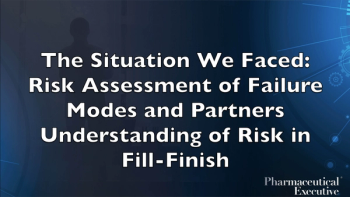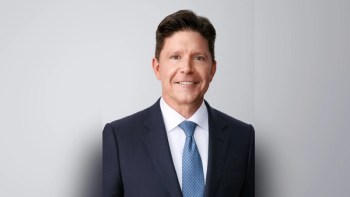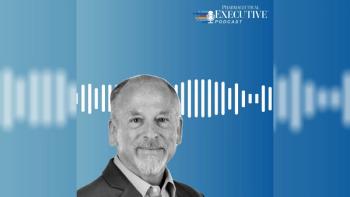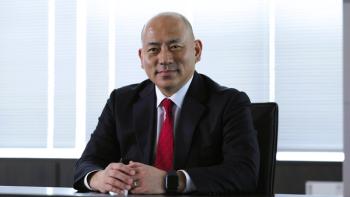
- Pharmaceutical Executive-07-01-2009
- Volume 0
- Issue 0
Time to Create
Too many people think of creativity as a mystic flash of inspiration. It's also hard work that needs to be built into every leader's professional life.
Perhaps the most organized creative thinker I know of in the world of business is Jim Collins, the author of several books on successful management, including Good to Great and Built to Last. Collins, who was profiled this year by The New York Times, budgets precisely 53 percent of his time for creative pursuits, including writing and research. The rest is split between teaching (28 percent) and other activities (19 percent). He even carries a stopwatch so he doesn't stray.
Sander A. Flaum
That may sound over-the-top. But behind such meticulous scheduling is an insight that eludes too many executives: Collins realizes that creative time is critical to success, and he's taken steps to ensure that he actually spends that time.
It's not easy to do. Creative progress often comes in spurts, and it takes a leap of faith to stick to the program when results seem lacking. But that's what Collins does, routinely turning down lucrative speaking and consulting opportunities to guarantee himself time to think. In so doing, he is banking on a payoff that most of us see as a chance event.
In fact, research on the creative process suggests that results are more a matter of good habits than good luck. Karl Ulrich, chair of the Operations and Information Management program at the Wharton School, says it takes more thought and reflection to generate and implement new ideas than most people expect.
"The conventional view is that innovation is a purely creative process," Ulrich said in an article posted on the Wharton Entrepreneurial Programs Web site. "That's why you get terms like 'spark of creativity' and book titles like Creative Breakthrough Products."
In fact, the spark is just the beginning. What makes the idea great is the fine-tuning that follows, a slow, unglamorous process that can involve long spreadsheets and inventory ratios—and the killing of lots of ideas that don't make the grade. It may not sound "creative," but it's a vital part of the creative process, and it takes time.
This idea runs counter to the notion that time constraints enhance creativity—a myth ripe for debunking. A team of researchers led by Teresa Amabile, the head of the Entrepreneurial Management Unit at Harvard Business School, collected and coded 12,000 journal entries from 38 people working on creative projects in seven companies spanning a variety of industries. Their conclusion: Time crunches actually stifle creativity. As she told Fast Company magazine, "People need time to soak in a problem and let the ideas bubble up."
In the workplace, employees are more likely to innovate when they are given more control over their time. That's why Google offers its engineers "20-percent time," the opportunity to spend the equivalent of a day a week pursuing their own company-related projects. Several Google applications have come out of the program, including the search engine's suggestion feature, an expanded version of the company's advertising platform (Adsense), and the social networking tool Orkut.
Timing aside, another common hurdle to creativity is the simple act of believing oneself to be capable of innovation. "There's this common perception among managers that some people are creative, and most aren't," Amabile told Fast Company. "That's just not true. As a leader, you don't want to ghettoize creativity; you want everyone in your organization producing novel and useful ideas."
The recession has provided us with a unique opportunity to encourage creativity in our ranks. The New York Times reported earlier this year that more artists are taking more creative chances, working outside their home media and exploring new avenues for inspiration because they are resigned to the dismal economics of their industries. Business leaders would be wise to take a page from their sketchbooks, using this period not only to try out new ideas, but to put into effect new management structures that foster their development.
And in case you're wondering, I do my own best creative thinking sitting on a bench in Central Park.
Sander A. Flaum is managing partner of Flaum Partners and chairman, Fordham Graduate School of Business, Leadership Forum. He can be reached at
Articles in this issue
over 16 years ago
What to Buyover 16 years ago
Safety and Securityover 16 years ago
Forget Brand vs. Brand—This is Warover 16 years ago
Get OrganizedNewsletter
Lead with insight with the Pharmaceutical Executive newsletter, featuring strategic analysis, leadership trends, and market intelligence for biopharma decision-makers.




